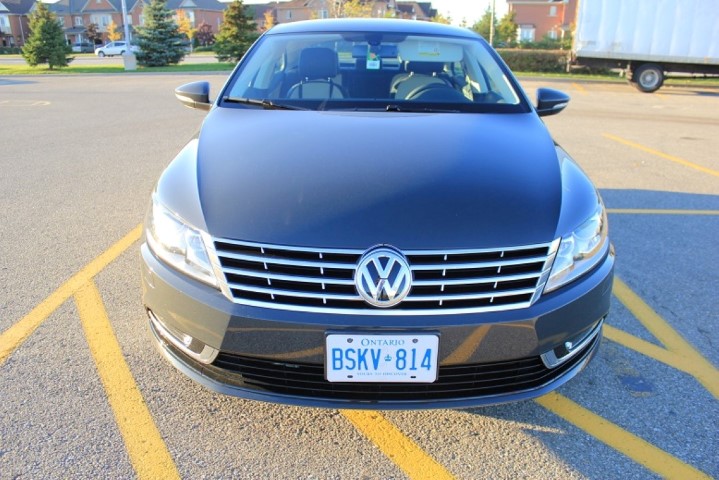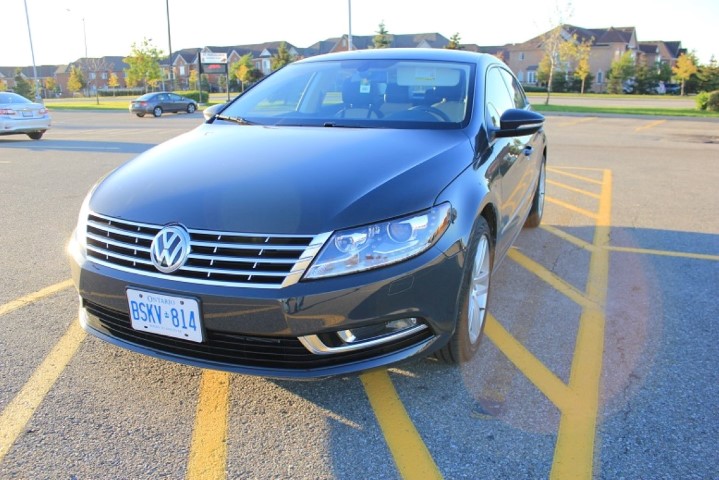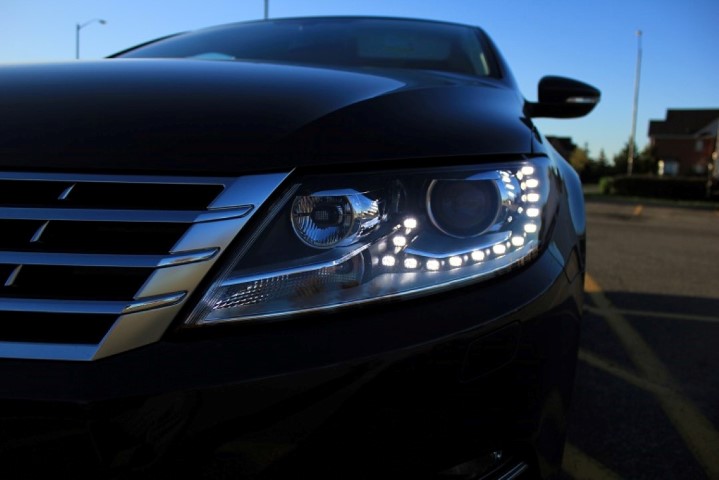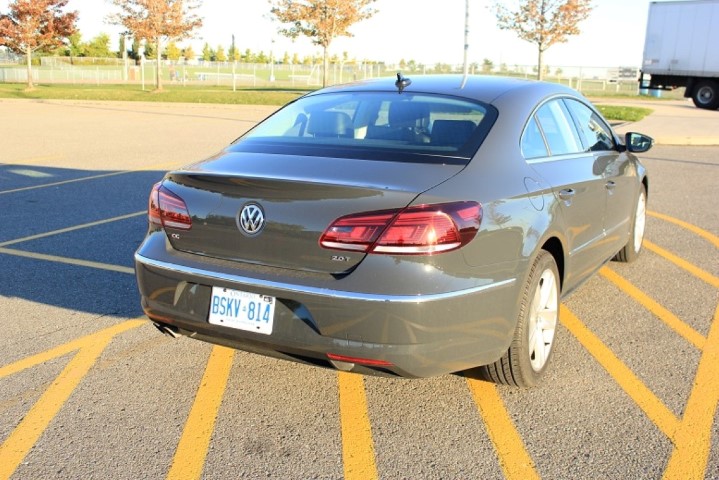2014 Volkswagen CC – What We Like & Don’t Like
- Written by Rishi Rajan
- Published in CAR REVIEWS
- font size decrease font size increase font size
- Be the first to comment!
The Volkswagen that was too good to be a Volkswagen

Sometime last decade, Volkswagen decided they were going to stop making premium cars. They realized in order to be the world’s number one car company they would have to make cars that were going to appeal to the mainstream market.
This sounded like great news to North American consumers who were excited to get their hands on a German automobile at an affordable price. The current Jetta and Passat were the first products to fall under this new plan. But where does its most recent product, the CC, fit into all of this?
The 2014 Volkswagen CC is a sign that the brand hasn’t strayed completely away from its premium image. Launched as the Passat CC concept in 2009, this swooping VW was designed to compete with the likes of the Toyota Avalon, Nissan Maxima, and Chrysler 300 in the full-size car market. Its design, however, made it look like it was competing with the Mercedes CLS or Audi A7. Having gone through a substantial mid-cycle refresh last year, I was curious whether the car performed as well as it looked.

The model we drove was the base model, priced at $35,125 and came with the following standard features:
- 2.0-litre, 4-cylinder turbocharged engine outputting 200-horsepower
- 6-speed automatic
- 17” alloy wheels
- Bi-xenon headlights with adaptive lighting
- LED daytime running lights and taillights
- Heated front seats (leatherette)
- 8-inch multimedia/phone touchscreen
It must also be noted that the tested vehicle had an automatic transmission, for an added premium of $1,400.
Like: Engine
Being a full-size people mover, we were quite impressed by the performance of the engine. The 2.0-litre turbocharged TSI engine delivered instant performance on demand. Designed to deliver the performance of a V-6, it was quite fuel efficient as well. The DSG transmission (available on the automatic) delivers shifts that are comparable to its manual transmission counterpart. In our tests, we were able to use all 200 horsepower and 207 lb.-ft. of torque to our advantage, taking the car from a standstill to 100 km/h in a class-leading 6.2 seconds.

Like: Design
Although the mid-cycle refresh resulted in the headlights looking more like the mid-size Passat model, it’s still an improvement over the outgoing model. For 2013, the Passat comes standard with LED daytime running lights and taillights. In the dark, the Audi-derived LED daytime running lights show a family resemblance, looking more like its GTI and GLI siblings. Upon first impression in the dark, the CC’s taillights instantly remind me of the Fisker Karma. The arched design, all the way from the front grille to the rear bumper is comparable to Audi’s A7, and is a distinct feature that sets it apart from other cars in this class.
Like: Trunk Space
Initially, I thought the sloping rear quarter would end up eating up my trunk space. While the trunk lid isn’t as boxed and space-efficient as most sedans, the long wheelbase offers a deep cargo area, enough to load four small suitcases and a handbag.
Like: Interior
Entering the vehicle, one is instantly in soft-touch heaven. The door panels are loaded with two-tone soft-touch material made from leatherette. The CC comes standard with leatherette sport seats that offer good support – especially on long road trips.
Dislike: Extra cost for an automatic
Surprisingly, the CC doesn’t come standard with an automatic transmission. This was quite surprising as buyers in this segment are usually 30-50 year olds who most-likely share a car within their family. Its competitors, the Maxima and Avalon, both offer automatic transmissions as standard equipment; although they’re base models are priced higher. The $1,400 premium for the DSG automatic transmission on the CC might still make sense, as its final price is only slightly higher than the Avalon and almost $1,000 lower than the Maxima.

